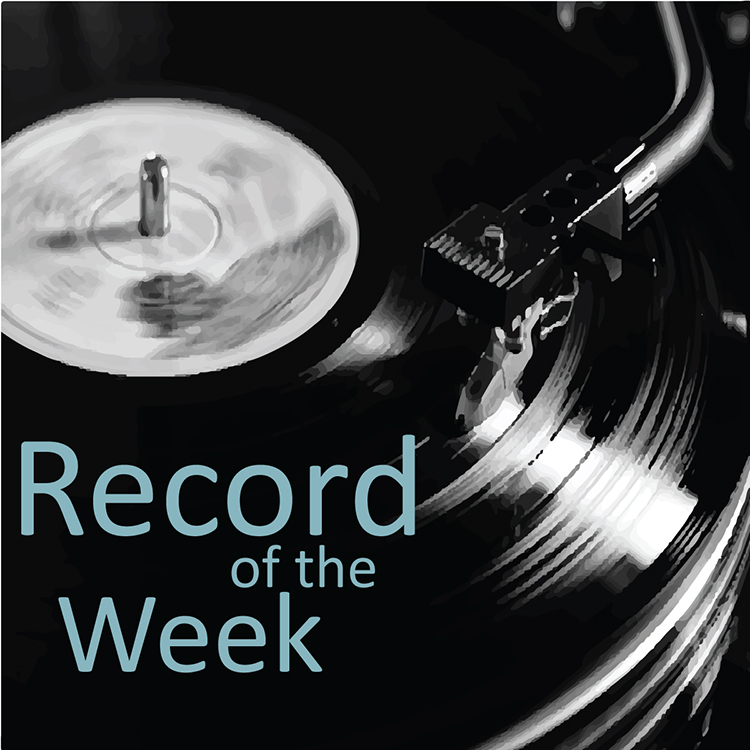‘La La Land’ soundtrack
A musical soundtrack with a heightened sense of realism
More stories from Parker Reed
Musical soundtracks by nature tend to be loud, colorful and over-the-top. Recently, however, a film and its accompanying soundtrack are turning that stereotype on its head.
The soundtrack for the film “La La Land” was released on Dec. 9, 2016 and peaked at number two on the U.S. Billboard top 200 albums chart.
Since then, the song has struck a chord with audiences around the globe, which eventually led to it garnering awards for Best Original Score and Best Original Song (‘City of Stars’) at the 89th Academy Awards.
I believe this film, and particularly its accompanying music, have attracted so much attention because of its realistic take on traditional 40s and 50s musicals such as “Singin’ in the Rain” (the main inspiration for the film).
Ryan Gosling’s character, Sebastian, and Emma Stone’s character, Mia, are not pigeonholed as singers in this modern musical. Sebastian is an aspiring jazz pianist and Mia is a struggling actress.
When the actors break out in song, the music serves as a tool to benefit the story. That aspect of the film is on display most prominently in the tender-hearted “City of Stars.”
The track opens up with a subtle piano line played by Ryan Gosling and features lyrics about love, uncertainty and the character’s relationship with the city of Los Angeles. Every note in the song is not perfectly in tune; the whistling leaves a little to be desired, and Emma Stone’s vocals feature a few spontaneous episodes of laughter throughout the track. But those qualities are what make this record stand out.
If a couple were to sing to each other in their apartment, they wouldn’t be in perfect pitch, nor would they be completely serious the entire time. They’d have fun with it and might chuckle a time or two. “City of Stars” illustrates this perfectly.
The other standout track from the album is entitled, “Audition (The Fools Who Dream).” In addition to being nominated for Best Original Song at the Oscars, alongside “City of Stars,” the song helps drive home the film’s narrative of unabashedly following your dreams.
“Audition (The Fools Who Dream)” does this by describing Mia’s aunt (who was also an actress) and how she looks up to her for following her dreams throughout her lifetime.
Once one looks past the two singles from the soundtrack, one finds an album littered with instrumental pieces and story-driven moments.
On the instrumental side, tracks like “Planetarium,” “Herman’s Habit,” “Epilogue” and “Engagement Party” showcase this movie’s exquisite use of subtle vocals, drums, piano, strings and other various instruments.
On the other side of the coin, tracks like “Another Day of Sun,” “Someone in the Crowd,” “A Lovely Night” and “Start a Fire” all feature moments of humor, ironic lyrics and catchy melodies.
A unique aspect of the introductory song, “Another Day of Sun,” is that it singlehandedly tells the story of the entire movie in the opening scene. In any other instance this would be deemed the world’s biggest spoiler, but the meaning of the track is obscured by the energetic vocals delivered by the various performers. When you watch the movie again, listen closely to this track and you will see what I mean.
The “La La Land” soundtrack is filled to the brim with energy, a plot-driven score and enough emotion to bring the hardest anti-musical individual to tears. This soundtrack will remain relevant in the human psyche for years to come for one pivotal reason: It is relatable.

